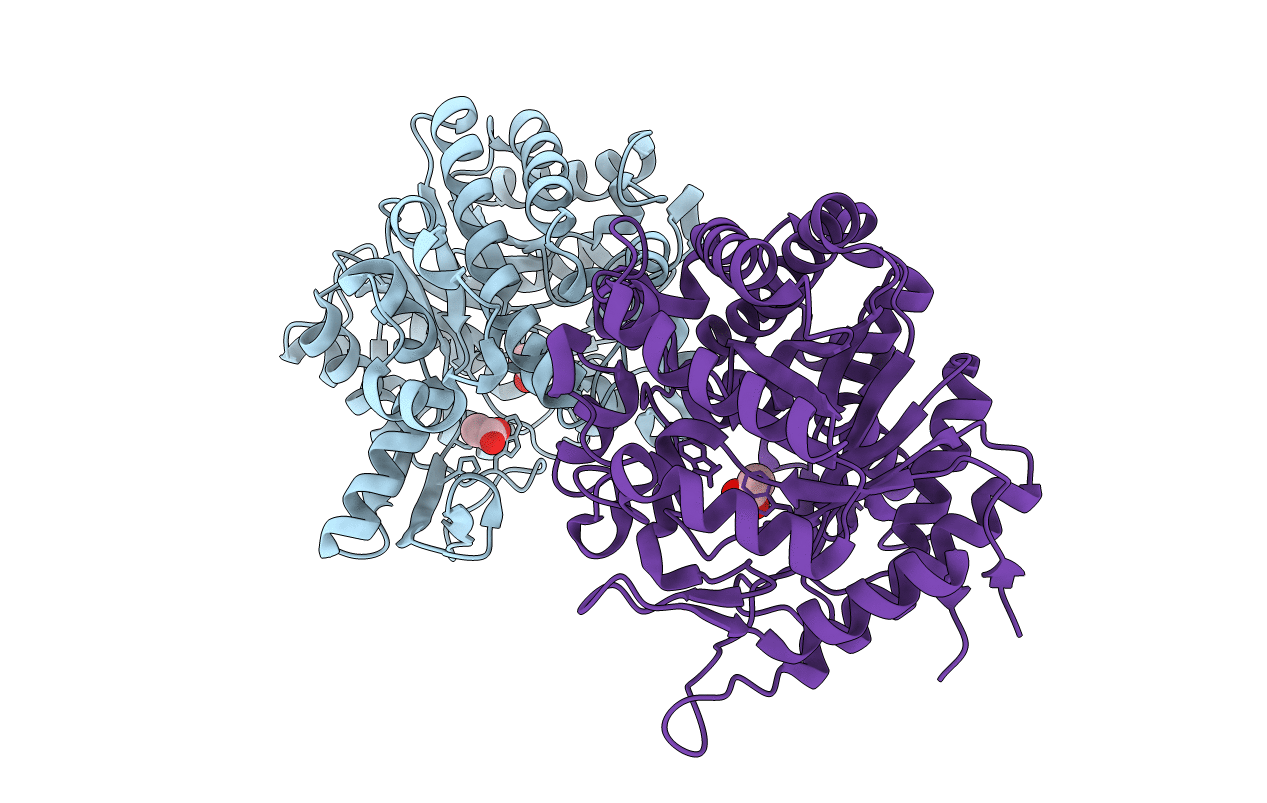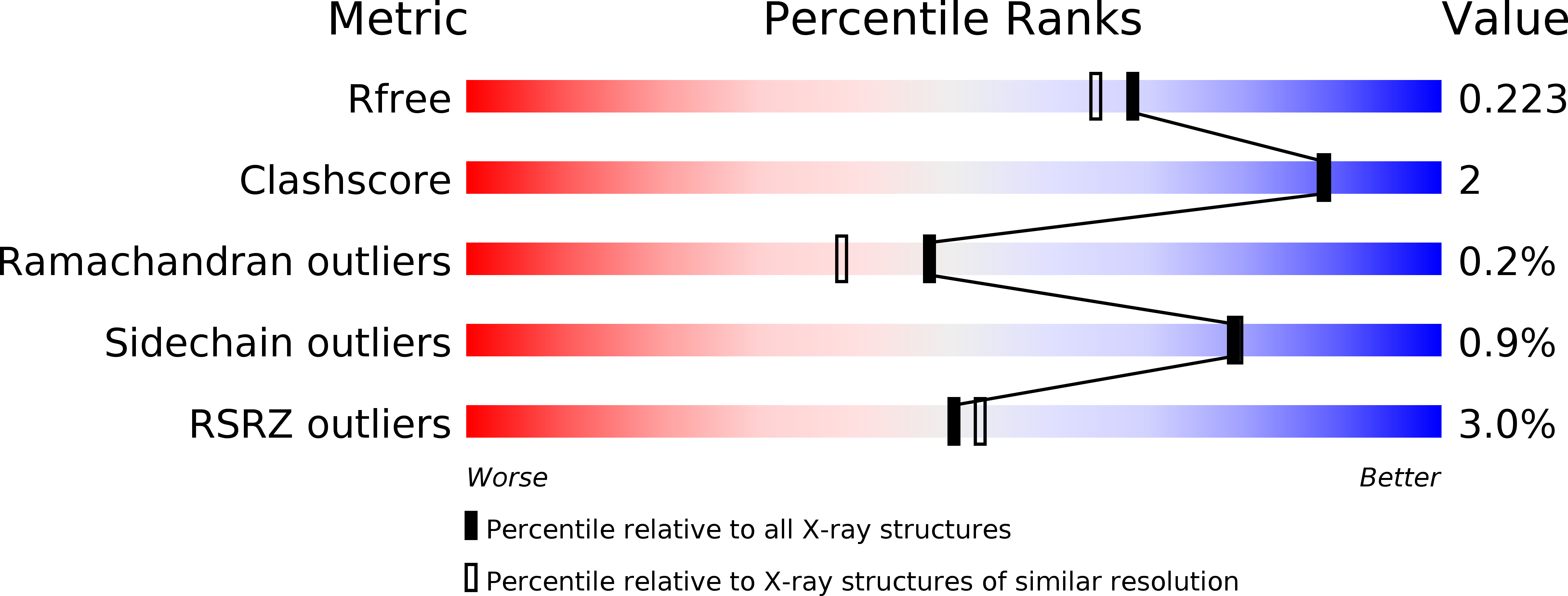
Deposition Date
2016-02-24
Release Date
2017-02-08
Last Version Date
2024-01-10
Entry Detail
PDB ID:
5IDI
Keywords:
Title:
Structure of beta glucosidase 1A from Thermotoga neapolitana, mutant E349A
Biological Source:
Source Organism:
Thermotoga neapolitana (Taxon ID: 2337)
Host Organism:
Method Details:
Experimental Method:
Resolution:
1.90 Å
R-Value Free:
0.21
R-Value Work:
0.16
R-Value Observed:
0.17
Space Group:
P 21 21 21


